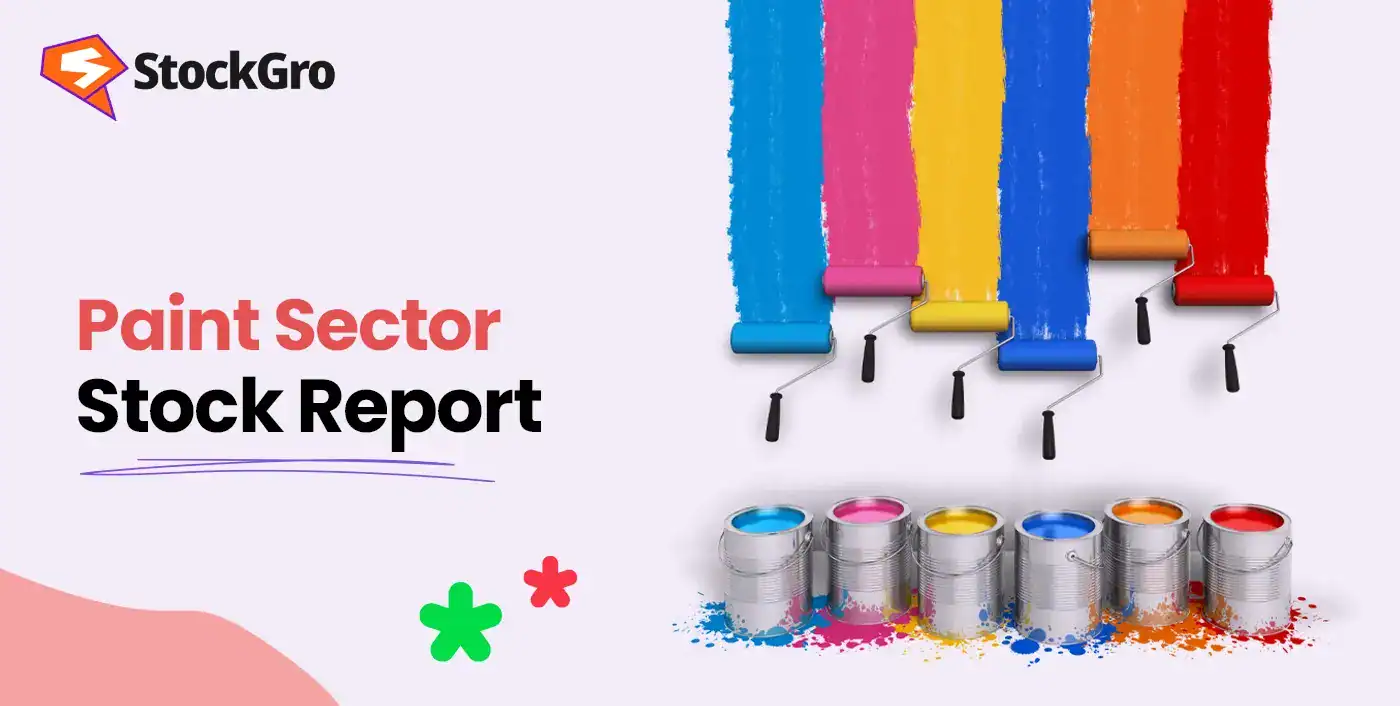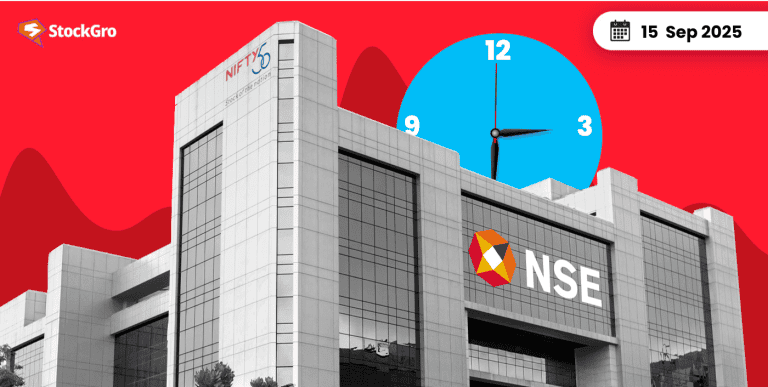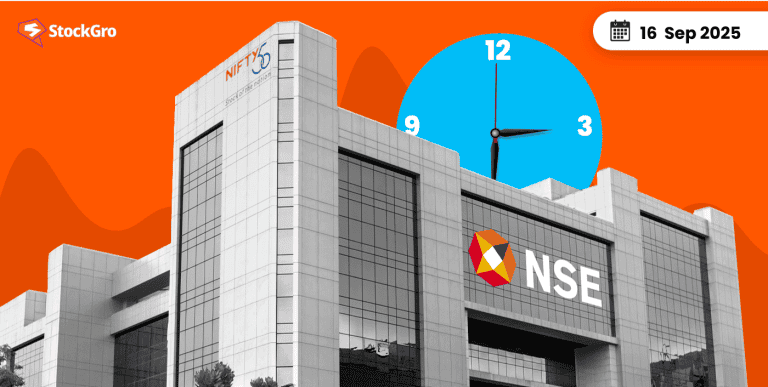
Introduction
Paints are a high-frequency, consumer-and-industry-facing business that benefits from rising incomes, urban housing, and infrastructure. The sector mixes steady decorative demand with cyclical industrial demand which is a useful blend for investors seeking both growth and resilience
Sector Overview
- Decorative / Consumer paints: wall paints, enamels, wood finishes, putties, waterproofing — sold through retail dealers and ecommerce.
- Industrial / Protective coatings: automotive paints, powder coatings, marine/industrial protective coatings, coil coatings.
- Specialty coatings & solutions: anti-corrosive, high-performance coatings for infrastructure, oil & gas, aerospace, and electronics.
- Related products & services: painting services, colour consultancy, tools, and contractors for projects.
Market size & structure
- The sector is large : tens of billions USD globally and a major industry in India.
- Two big buckets: ~70–80% revenue from decorative paints and 20–30% from industrial/specialty coatings (ratios vary by country/company).
- Geography: Tier-1 cities drive premium sales; Tier-2/3 and rural areas are big white-space for growth.
- The supply side is dominated by a few national players (market leaders), several regional companies, and many small local formulators.
Key Growth Drivers
- Housing & urbanisation: more homes, more repaint cycles.
- Premiumisation: customers upgrading to better finishes, textures, low-VOC and designer paints leading to higher ASP (average selling price).
- Commercial & infra projects: malls, offices, airports, metros, and data centers need large volumes and specialized coatings.
- Industrial growth: auto, appliances, and manufacturing drive demand for protective and powder coatings.
- Exports & brand expansion: growing exports and brand push in neighbourhood markets.
- Green & regulation-led demand: eco-friendly formulations (low-VOC), water-based systems, and sustainable packaging.
- Digital & distribution: e-commerce, virtual colour tools, and better logistics expand reach.
Raw materials & cost structure
- Key inputs: resins, solvents, pigments, additives, titanium dioxide, extenders, and packaging. Many are crude- or petrochemical-linked.
- Main cost levers: crude oil price, TiO₂ price, freight, and forex (imports).
- Margin impact: companies that can pass price moves to customers quickly or source locally manage margins better. Long contracts/price clauses help.
Distribution & go-to-market
- Traditional distribution: large dealer networks and small retail paint stores — service and advice matter.
- Modern channels: company-owned stores, organized retail, ecommerce, and B2B direct sales for projects.
- Value-add: colour-matching tools, on-site services, warranty, and contractor relationships are differentiators.
Key Challenges
- Raw-material price shocks (resins, TiO₂, solvents) leading to sudden margin hits.
- Aggressive competition & discounting can impact volumes or force margin sacrifices.
- Weather & seasonality : monsoon can delay demand and cause inventory glut.
- Regulatory changes (VOC norms, environmental rules) : capex for compliance and product reformulation.
- Working capital strains can lead to long dealer credit or slow collections can hurt cash flow.
- Input import dependency & forex swings increases costs if rupee weakens.
- Project execution risk delays in large B2B contracts affect cash conversion.
Outlook for 2025-26
- Demand: Decorative demand expected to remain steady-to-strong with festive/wedding seasons and urban housing. Rural and Tier-2/3 growth is likely to continue.
- Industrial: Dependent on capex cycles, but pockets like automotive, appliances, cold chain and infrastructure expected to support growth.
- Margins: If raw-material prices stabilize and companies maintain pricing discipline, margins should be steady or inch up; aggressive discounting or sudden feedstock inflation would press margins.
- Overall: A constructive year with modest upside from premiumisation and project wins; watch commodity trends and dealer restocking behavior.
Valuation and Stock Market Trends
| Company | CMP(in ₹) | P/E | RoCE | 1Y Returns |
| Asian Paints | 2,579 | 64x | 26% | -21% |
| Berger Paints | 539 | 53x | 25% | -9% |
| Kansai Nerolac | 242 | 31x | 13% | -20% |
| Akzo Nobel | 3,382 | 38x | 42% | 5% |
Recommendation: Overweight the Paint Sector with a 12–18 month horizon, especially in portfolios seeking capital growth.If you found this helpful and want regular stock trade calls, check out my StockGro profile here: https://stockgro.onelink.me/vNON/6m6ykj0dConclusion
The paints sector combines steady consumer demand with cyclical industrial exposure. Long-term growth is supported by urbanisation, premiumisation, and infrastructure, while short-term performance depends on raw-material prices, seasonality, and competition. For long-term investors, high-quality companies with strong brands, wide distribution, product innovation, and working-capital discipline are attractive. For traders, seasonality and commodity news create tactical opportunities.

